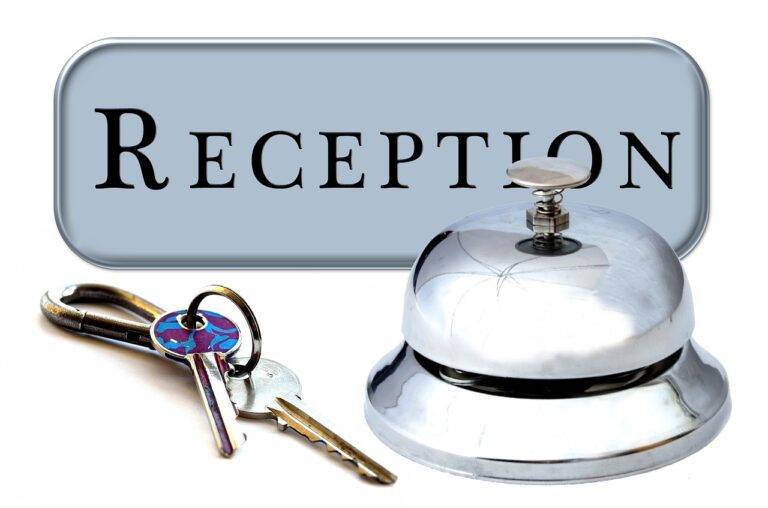Developing a Successful Business Succession Plan
A well-thought-out business succession plan is essential for the long-term success and sustainability of a company. One key component of such a plan is identifying and grooming potential successors within the organization. This involves assessing current employees for their leadership abilities, skills, and compatibility with the company’s culture and values.
Another crucial aspect of a business succession plan is creating a detailed timeline and process for the transition of leadership. This includes outlining the steps that need to be taken when a succession event occurs, such as retirement or unexpected departure, to ensure a smooth transfer of responsibilities and maintain operational continuity.
Assessing Current Leadership and Talent
In evaluating the current leadership and talent within a business, it is essential to first consider the existing organizational structure. This includes assessing the roles and responsibilities of key individuals, their performance, and how they align with the overall goals and objectives of the company. By closely examining the skills, experience, and potential of each member of the leadership team, businesses can identify areas of strength and areas that may require further development.
Furthermore, a thorough evaluation of the talents and capabilities of employees at all levels of the organization is crucial. This involves looking beyond just technical skills and qualifications, and also considering qualities such as leadership potential, adaptability, and willingness to learn and grow. By understanding the strengths and weaknesses of the current talent pool, businesses can make informed decisions about succession planning, talent development, and leadership training initiatives.
Identifying Potential Successors
Once you have evaluated the current leadership team and assessed the talents within your business, the next step in the succession planning process is to identify potential successors. Look for individuals who have shown exceptional skills, dedication, and a strong understanding of the company’s values and goals. These potential successors should possess the qualities necessary to lead the business forward and maintain its success in the long term.
Consider the potential successors’ performance history, their ability to adapt to change, and their willingness to take on extra responsibilities. It is also important to evaluate their leadership qualities, communication skills, and their capacity to make strategic decisions. Keep in mind that identifying potential successors is crucial for ensuring a smooth transition when key leaders step down or retire, and it is essential for the continuity and growth of the business.





